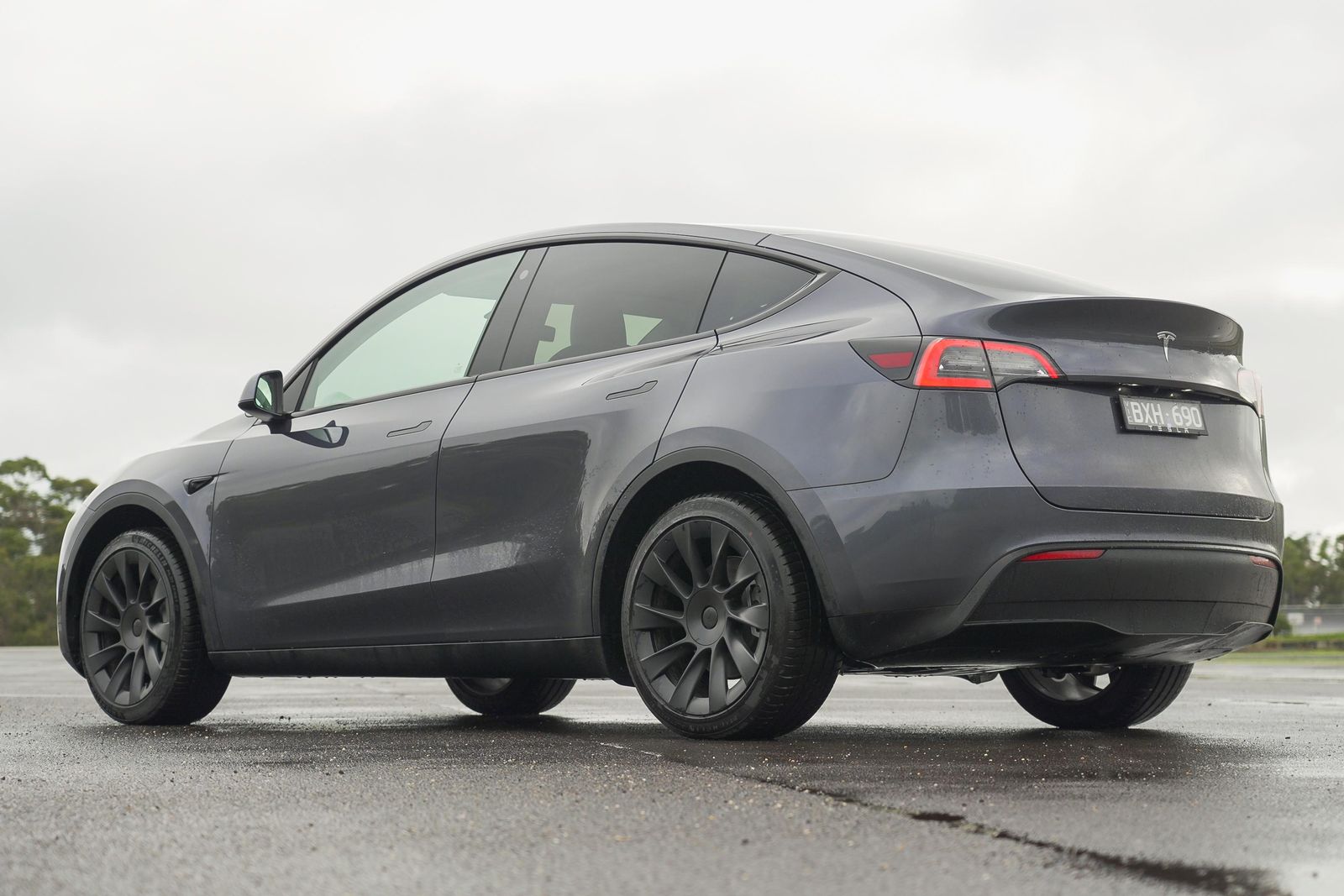Tesla says its vehicles will be able to achieve full self-driving autonomy, but it won’t get regulatory approval this year.
In an earnings call, CEO Elon Musk said an update coming next year will “be able to show to regulators that the car is safer, much more so, than the average human”.
“We’ll achieve full self-driving full autonomy – I look at that occurring 100 per cent. And I think we’re almost there. And then, of course, we’ve got to prove it to regulators and get the regulatory approvals, which is outside of our control,” said Mr Musk.
“But anyone who’s driving full self-driving cars — has full self-driving Beta in the car, you can see the rate of improvement. You can just experience for yourself that we are, in fact, getting there. In fact, we almost are there. And so, we’re probably achieving that 100 per cent.”
He said cars with Full Self-Driving beta will “be able to take you from your home to your work, your friend’s house, to the grocery store with you touching the wheel”.
Mr Musk says the company will complete a wide release of its so-called Full Self-Driving beta this quarter across North America to any buyer who has ordered it.
Mr Musk was somewhat unclear as to what level of autonomy Tesla is targeting exactly, offering two seemingly different answers in the same breath.
“Like we’re not saying that that’s quite ready to have no one behind the wheel. It’s just that you will almost never have to touch the control, vehicle controllers,” said Mr Musk.
“There is a longer process called the march of nines, of like how many nines in reliability do you need before you could really be comfortable saying that the car could drive with no one in it.
“But I think we’ll be pretty close to having enough nines that you’re going to have no one in the car by the end of this year. And certainly, without a question, whatever in my mind, next year.”
Level 5 vehicles, as defined by the Society of Automotive Engineers, don’t require a steering wheel or pedals to be fitted and can drive themselves in all situations at all times.
MORE: How autonomous is my car? Levels of self-driving explained
Level 4 systems, in contrast, default to driving themselves but can be fitted with a wheel and pedals, and can drive themselves in all road situations in which they were designed to operate.
Level 3 systems are slowly trickling out from automakers, with Honda introducing this technology in the Japanese-market Legend and Mercedes-Benz rolling it out in Germany in the S-Class and EQS.
It’s at this level of autonomy where, by definition, the driver doesn’t need to pay attention to what’s happening around them, though they still need to be awake and alert to take over if the vehicle can’t handle something or the journey is coming to an end.
The manufacturer is also responsible for the vehicle when it’s driving in this mode.
Both Autopilot and Full Self-Driving are considered Level 2 systems, wherein the driver must pay attention at all times even if the vehicle is taking control of acceleration, braking and steering.
Mr Musk’s earning call remarks come shortly after the Insurance Institute for Highway Safety, an industry-funded US body that tests vehicle safety, released results of a survey into users of Tesla’s Autopilot.
The study of 600 active users of Autopilot, along with General Motors’ Super Cruise and Nissan and Infiniti’s ProPilot Assist, found 42 per cent of Autopilot users said “that they were comfortable treating their vehicles as fully self-driving”.
53 per cent of surveyed Super Cruise users said the same thing, but only 12 per cent of ProPilot Assist users agreed.
The US National Highway Traffic Safety Administration is continuing its probe into traffic collisions involving Teslas suspected of using Autopilot.
Earlier this year, it said it had so far investigated 16 crashes and found that Autopilot only relinquished control of the vehicle, on average, “less than one second prior to the first impact” – seconds after the potential collision would have been observable by the driver.
Tesla has continued to buck the growing trend towards implementing LiDar for its driver assist technology, and is even ditching radar and ultrasonic sensors as it rolls out a camera-only set-up called Tesla Vision.
The full Tesla Vision package isn’t ready yet, but Tesla has already started dropping sensors which means for an unspecified time during the transition, many new Tesla vehicles produced will lack park assist, Autopark, Summon and Smart Summon features.
MORE: Teslas temporarily losing functions with removal of sensors
MORE: Tesla ‘Full Self-Driving’ Beta opens to another 60,000 testers
MORE: Class action lawsuit launched against Tesla’s Autopilot, Full Self-Driving claims



